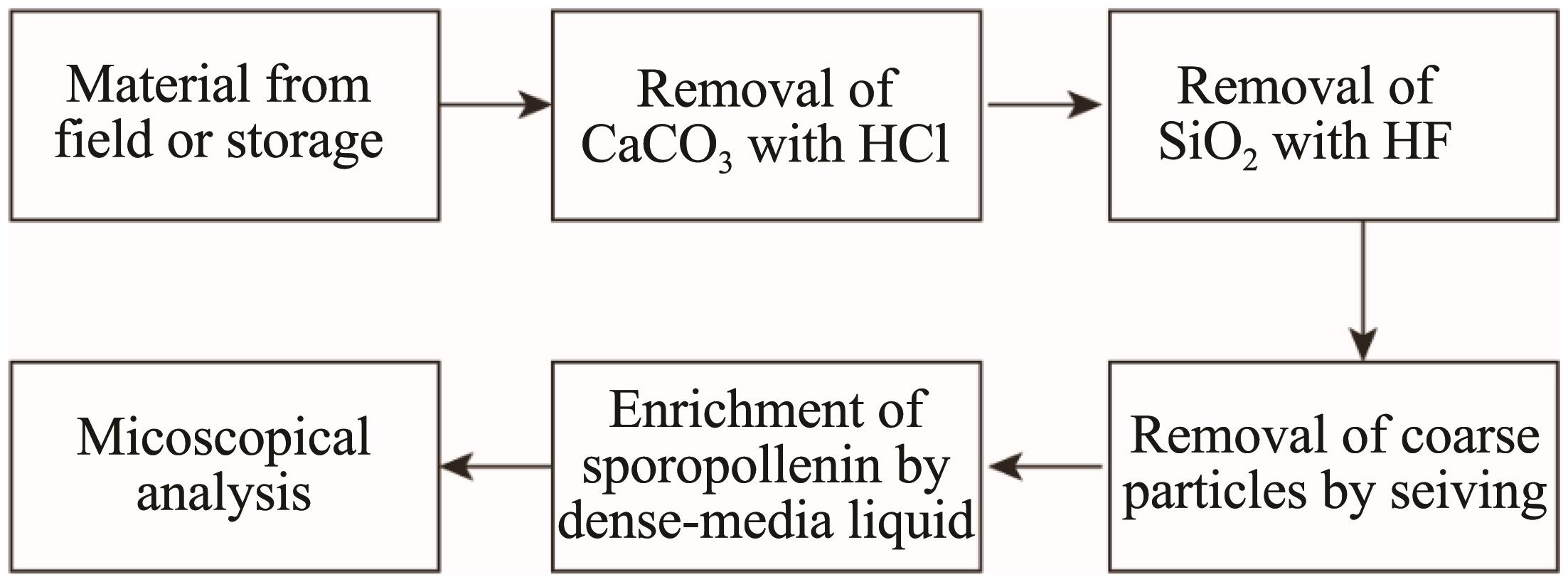"Do Protons and Electrons Attract? Exploring the Fundamental Forces of Nature"
Guide or Summary:Introduction to Protons and ElectronsThe Nature of Electric ChargeDo Protons and Electrons Attract?The Role of the Electromagnetic ForceImp……
Guide or Summary:
- Introduction to Protons and Electrons
- The Nature of Electric Charge
- Do Protons and Electrons Attract?
- The Role of the Electromagnetic Force
- Implications for Atomic Structure
**Translation**: "Do protons and electrons attract?"
---

Introduction to Protons and Electrons
Protons and electrons are fundamental particles that play a crucial role in the structure of atoms. Protons are positively charged particles found in the nucleus of an atom, while electrons are negatively charged particles that orbit around the nucleus. The interaction between these two particles is a key concept in understanding atomic structure and the nature of matter.
The Nature of Electric Charge
To understand whether protons and electrons attract, we must first delve into the concept of electric charge. Electric charge is a property of particles that causes them to experience a force when placed in an electromagnetic field. There are two types of electric charge: positive and negative. Protons carry a positive charge, while electrons carry a negative charge. According to the fundamental principles of electromagnetism, opposite charges attract each other, while like charges repel.
Do Protons and Electrons Attract?
The answer to the question, "Do protons and electrons attract?" is a resounding yes. The electromagnetic force is one of the four fundamental forces of nature, and it governs the interactions between charged particles. When protons and electrons come into proximity, their opposite charges create an attractive force that pulls them together. This attraction is essential for the formation of atoms, as it allows electrons to be held in orbit around the nucleus, creating the stable structures that make up matter.

The Role of the Electromagnetic Force
The electromagnetic force is responsible for a wide range of phenomena in the universe, from the behavior of atoms to the formation of chemical bonds. The attraction between protons and electrons is a manifestation of this force. When an electron is in the vicinity of a proton, the attractive force between them causes the electron to occupy specific energy levels or orbitals around the nucleus. This arrangement is crucial for the stability of atoms and the formation of molecules.
Implications for Atomic Structure
The attraction between protons and electrons has significant implications for atomic structure. The balance between the attractive force of protons and the repulsive forces between electrons determines the arrangement of electrons in an atom. This arrangement influences the chemical properties of elements and their interactions with other atoms. For example, the number of protons in the nucleus defines the atomic number of an element, while the arrangement of electrons determines how that element will bond with others.
In conclusion, the question "Do protons and electrons attract?" highlights a fundamental aspect of physics and chemistry. The attractive force between these two particles is essential for the stability of atoms and the formation of matter as we know it. Understanding this interaction not only deepens our knowledge of atomic structure but also provides insights into the nature of the universe. The study of protons, electrons, and their interactions continues to be a vibrant area of research, with implications for fields ranging from quantum mechanics to materials science.
